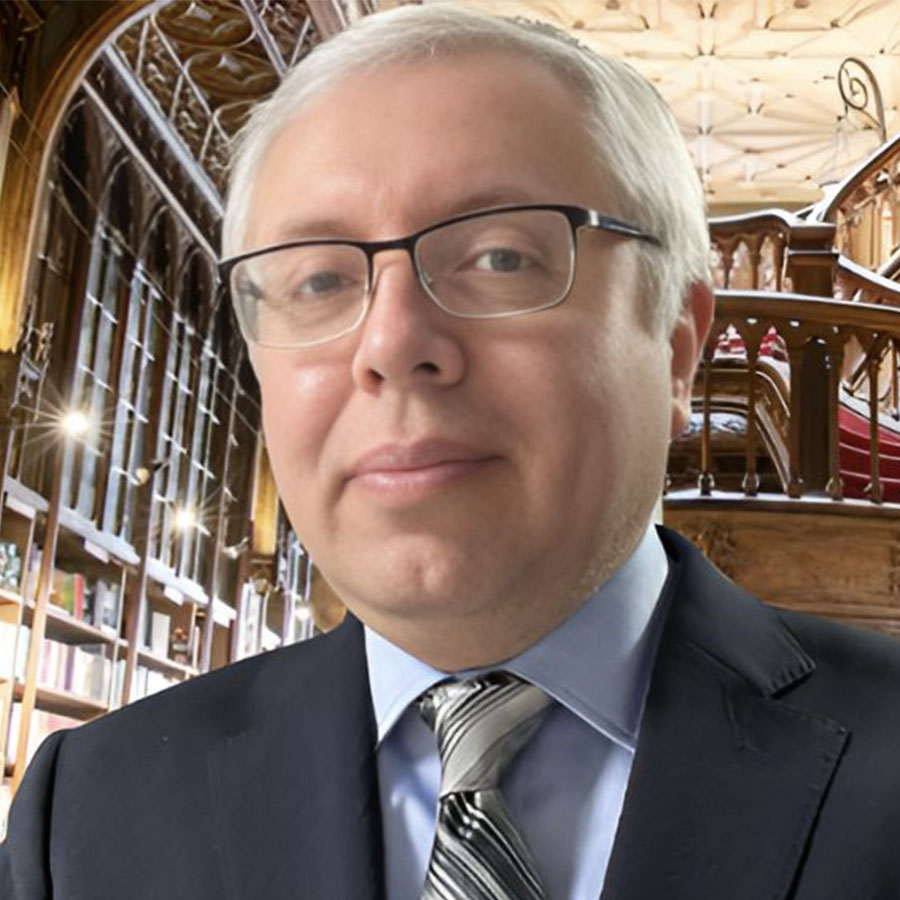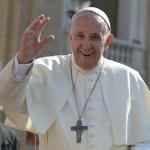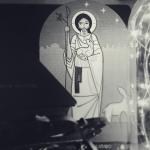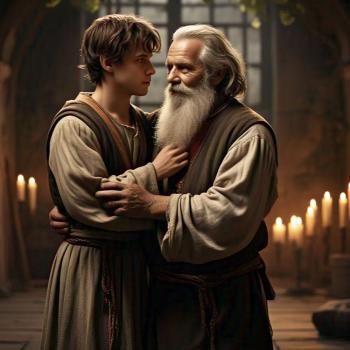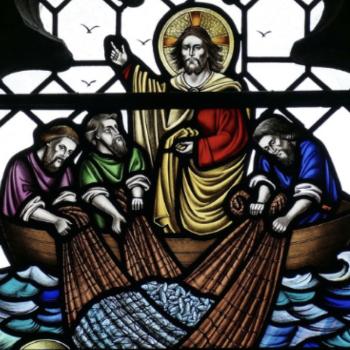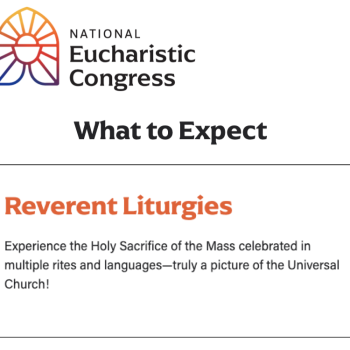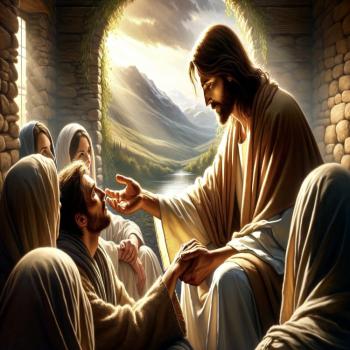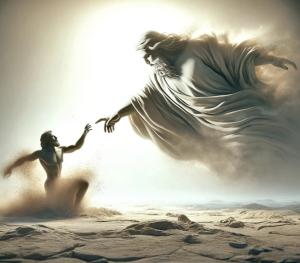
We continue this special series, reflecting on the Christology expressed by each of the Easter prefaces. This time, Preface IV, which has the title, “The Restoration of the universe through the Paschal Mystery”. This preface helps us to contemplate Easter as a new creation.
Once again, we will consider only at the preface embolism, which is the shortest in the five Easter prefaces. The explanation of the structure of the prefaces and the introduction and conclusion of the Easter prefaces are developed in the second article of this series.
The embolism
It is truly right and just,
our duty and our salvation,
at all times to acclaim you, O Lord,
but in this time above all to laud you yet more gloriously,
when Christ our Passover has been sacrificed.
For, with the old order destroyed,
a universe cast down is renewed,
and integrity of life is restored to us in Christ.
Therefore, overcome with paschal joy,
every land, every people exults in your praise
and even the heavenly Powers, with the angelic hosts,
sing to the their the unending hymn of your glory;
as they acclaim:
Holy, Holy, Holy Lord…
“Whoever is in Christ is a new creation: the old things have passed away; behold, new things have come” (2 Cor 5:17). In the fourth preface, this well-known Pauline passage resonates. The resurrection of Christ is interpreted as the renewal of the universe.
The date of Easter and of the creation of mankind
The link between the feast of Passover and the memory of creation, going so far as to consider it its anniversary, goes back to the Jewish circles. There was a secret tradition that believed the date of Passover coincided with the date when God created mankind, based on some signs such as the equinox, the full moon and spring. The Jewish philosopher, Philo of Alexandria, a contemporary of Jesus of Nazareth, was the first one to think of God as the architect of the universe. Philo considered that “the spring equinox is a kind of image and reproduction of the beginning of creation. Every year, God reminds us of the origin of the world, making spring appear, when everything blooms.”
The decision made at the Council of Nicaea, in 325, to celebrate Easter on the first Sunday after the full moon of the spring equinox, enhanced this reflection, since this equinox was related to the first day of creation.
The coincidence of the date of the creation of the world with that of Easter refers in the patristic tradition to the intention of God —He wanted to return the world, through Christ, to its origin.
During the first centuries, the passion of the Lord and Easter were seen as a return to the origins, a new creation, the return from exile to that paradisiacal state longed by Jewish messianism. This conviction resounds loud and clear in the Easter Vigil in the Holy Night, when the deacon proclaims the Exsultet:
The sanctifying power of this night
dispels wickedness, washes faults away,
restores innocence to the fallen, and joy to mourners,
drives out hatred, fosters concord…
The harmony and joy of the beginning
The universe, with the Passover of Christ, recovers the harmony and joy of the beginning. The presence in the Easter Vigil of the story of Genesis, widely attested in Western sources, about the paradigm of the vigil of ancient Jerusalem is easily understood.
Renewal of the world
The idea of Easter as recapitulation and renewal of the world expressed by the embolism of Preface is also expressed in the Prayer after the seventh prophetic reading in the Easter Vigil in the Holy Night:
O God of unchanging power and eternal light,
look with favor on the wondrous mystery of the whole Church
and serenely accomplish the work of human salvation,
which you planned from all eternity;
may the whole world know and see
that what was cast down is raised up,
what had become old is made new,
and all things are restored to integrity through Christ,
just as by him they came into being.
Who lives and reigns for ever and ever.
Amen.
As a side comment, it is interesting to point out that the Ambrosian rite has kept this prayer in the Vigil, after the reading of Creation in the Book of Genesis.
The work of salvation is completed by the Son
The preface and the euchological text evidently share the same theology attributable to St. Leo the Great: the work of salvation, initiated with creation, is completed by the Son and has in the Church its visible sign. To the one through which everything was created is due the return to the pure beauty of the origins that the world is called to recognize.
All things are renewed: the resurrection of Christ has opened a new stage in history, which will only end with the end of time, when the plan to redirect all things to Christ, the only Head, is completed.


